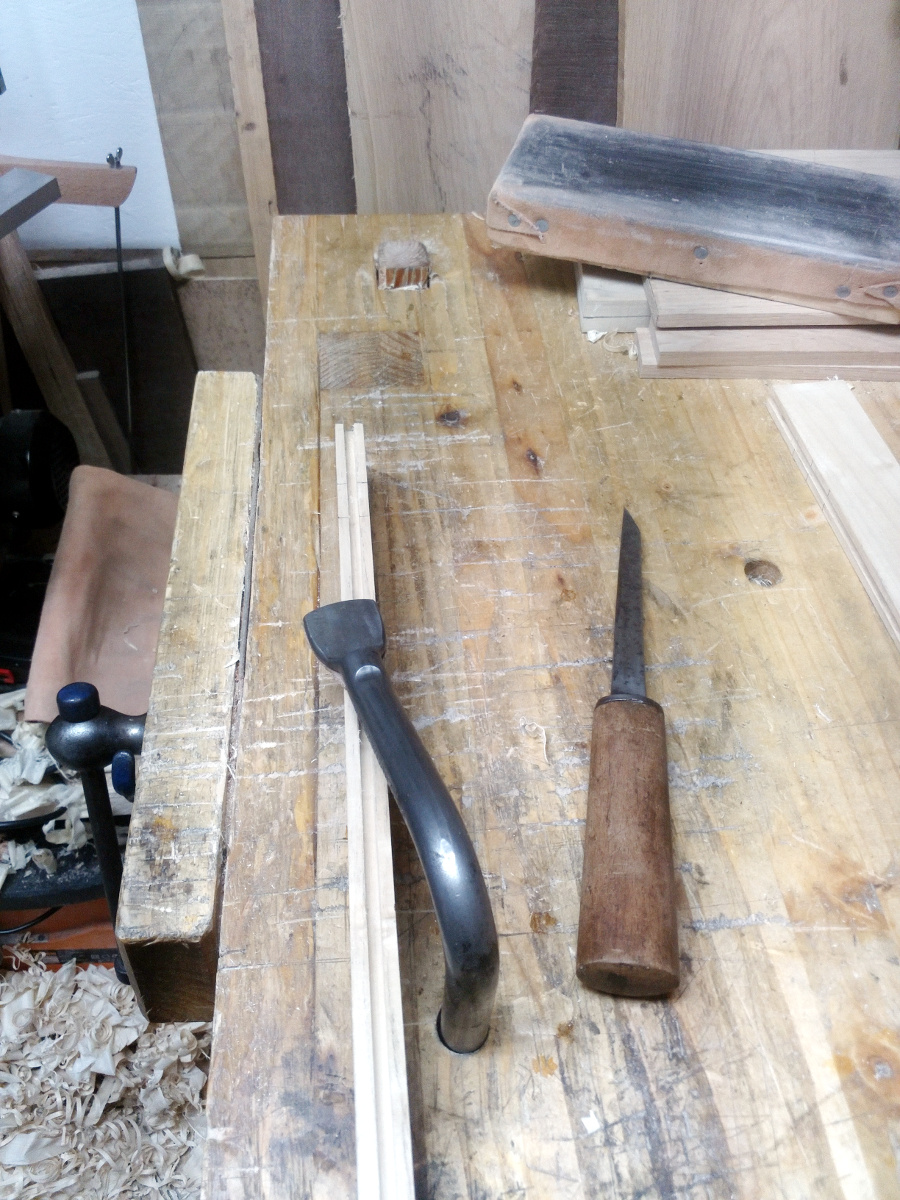NickN
Established Member
So is the face cheek the long side and the edge cheek the short side of the actual tenon, with the face and edge shoulders being the parts of the full size rail which end up surrounding the mortise when the joint is assembled? As per:

From comments above I'm guessing it's something different?
As I'm about to cut my first tenon I'd like to get the terminology correct #-o

From comments above I'm guessing it's something different?
As I'm about to cut my first tenon I'd like to get the terminology correct #-o








